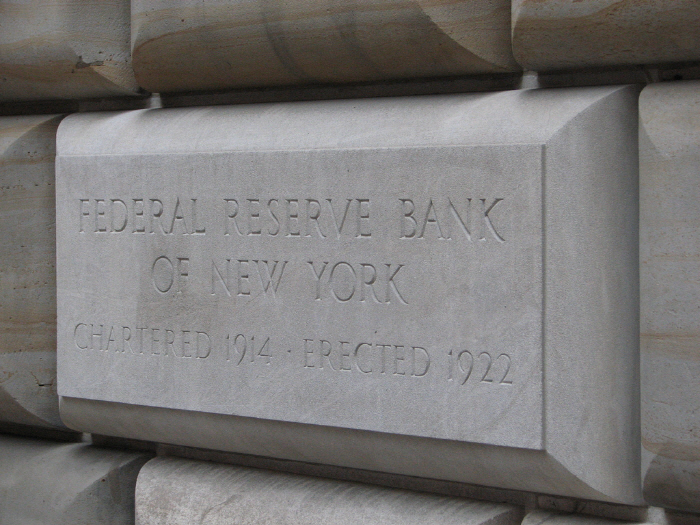The outcome of Thursday's US monetary policy meeting looks to be on a knife edge, with strong arguments for both raising interest rates and leaving them unchanged. If the Fed does move it would be a momentous decision, representing the first rise in US rates for nearly ten years. Members of the FOMC have been hinting for some months that they will probably raise interest rates before year end provided economic conditions evolve as expected. With only three FOMC meetings left this year we should now be approaching crunch time. However, FOMC members have sounded more cautious of late, as uncertainties about the Chinese economy have come to the fore. The lack of a clear message has added to the confusion in markets.
The improvement in domestic economic conditions suggests that the present emergency level of interest rates is no longer appropriate. Interest rates act on the economy with a lag and so it is right to move fairly early, particularly as that would allow the Fed to move more gradually. Finally, getting the first move out of the way could be seen as a vote of confidence in the economy and will remove a key area of uncertainty. The counterargument is that, with inflation still so low and markets so volatile, there is no need to hurry. Given concerns that current international uncertainties, particularly about China, could herald a downturn in global growth, it may be sensible to wait a little longer.
"We have long been of the view that a September hike was likely. Ongoing improvements in labour market data, which the FOMC has previously identified as a pre-requisite to tightening, provide support to this view. We are also mindful of the comments of some emerging market central bankers that it may be best to get an initial hike out of the way. However, the decision remains a close call", says Lloyds Bank.
With markets putting less than a 30% probability on a September move, the initial reaction would likely be for the US dollar and US treasury yields to rise and equities to fall. The extent of this will depend on the expected path of further rate rises. Fed Chair Yellen will almost certainly use the press conference to reinforce the message that the FOMC expects to increase rates only gradually and that these will likely peak at a low level. The FOMC will also simultaneously publish the latest interest rate forecasts of participants and these may reinforce the gradualist message.
The outlook for China is likely to figure prominently in the FOMC's deliberations. Data over the weekend for retail sales, industrial production and investment will provide further updates on the economy. The Chinese authorities have tried to send a reassuring message in recent days that both its currency and the stock market should stabilise from here. The implication would seem to be that further action will be forthcoming if that is not the case.



 New RBNZ Governor Anna Breman Aims to Restore Stability After Tumultuous Years
New RBNZ Governor Anna Breman Aims to Restore Stability After Tumultuous Years  FxWirePro: Daily Commodity Tracker - 21st March, 2022
FxWirePro: Daily Commodity Tracker - 21st March, 2022  Singapore Maintains Steady Monetary Outlook as Positive Output Gap Persists into 2025
Singapore Maintains Steady Monetary Outlook as Positive Output Gap Persists into 2025  BOJ’s Kazuo Ueda Signals Potential Interest Rate Hike as Economic Outlook Improves
BOJ’s Kazuo Ueda Signals Potential Interest Rate Hike as Economic Outlook Improves  BOJ’s Noguchi Calls for Cautious, Gradual Interest Rate Hikes to Sustain Inflation Goals
BOJ’s Noguchi Calls for Cautious, Gradual Interest Rate Hikes to Sustain Inflation Goals  Fed Rate Cut Odds Rise as December Decision Looks Increasingly Divided
Fed Rate Cut Odds Rise as December Decision Looks Increasingly Divided  Kazakhstan Central Bank Holds Interest Rate at 18% as Inflation Pressures Persist
Kazakhstan Central Bank Holds Interest Rate at 18% as Inflation Pressures Persist 



























